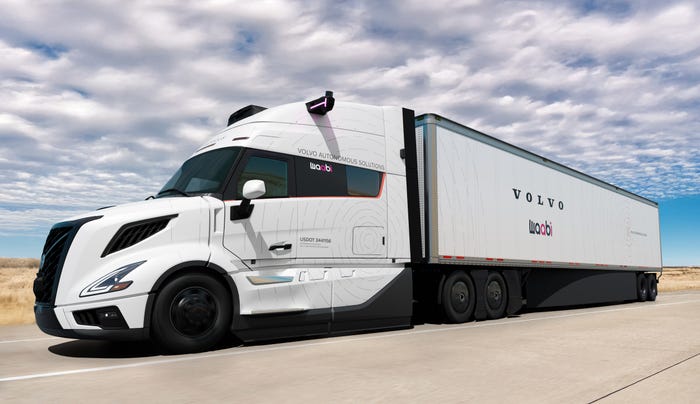Self-Driving Tech Confuses Consumers: J. D. PowerSelf-Driving Tech Confuses Consumers: J. D. Power
There is also confusion over the terminology being used to describe different levels of automation

Consumer understanding of autonomous vehicle (AV) technologies remains low and may even be on the slide.
That was the headline finding from the 2022 J.D. Power US Mobility Confidence Index (MCI) Study, which was produced in collaboration with Partners for Automated Vehicle Education (PAVE) – a coalition focused on educating the public and policymakers about AVs – and the Massachusetts Institute of Technology’s Advanced Vehicle Technology (AVT) Consortium.
Despite all the technological advances being made by manufacturers, this alarming conclusion suggests that readiness for widespread automation of cars and trucks is still at nowhere near a sufficient level.
The MCI study was based on responses to an online survey completed by 4,000 vehicle owners in the United States, who were quizzed on a variety of different elements relating to AVs.
With all the answers taken into account, the index score for consumer AV readiness was found to be 39 – on a 100-point scale – which represented a three-point drop from 2021.
There is also confusion over the terminology being used, with the responses showing that consumers are using the same three terms – assisted driving, driver assistance and semi-autonomous – to describe different levels of automation, namely the Society of Automotive Engineers-defined Level 2 and Level 3.
This reflects much of the public debate in recent months, with Tesla in particular accused of misleading the public with its use of names such as Autopilot and Full Self Driving.
Lisa Boor, senior manager of auto benchmarking and mobility development at J.D. Power, claimed the survey should serve as a warning to the industry.
“Stakeholders must work together to ensure clear and consistent messaging, and the use of consumer-facing terminology is part of this,” she said. “Understanding which words and phrases resonate with consumers can help manage misconceptions and improve consumer understanding of AVs, which is a common goal.”
The survey also revealed several other findings that provided interesting insight into public attitudes.
Firstly, more than half (55%) of consumers said they would be willing to complete training to operate an AV, and nearly three-quarters (73%) believed they would require additional training to own and operate a fully self-driving vehicle, suggesting there is openness to accepting AVs as a viable mode of transportation. How long that acceptance might take, though, is unclear.
Consumers also revealed the sources they use to learn about advanced driver assistance systems (ADAS) on their vehicle, and these were mainly found to be the manual (32%), online search (27%), and explanation from the dealer (26%). However, many said these sources were insufficient.
There was evidence, too, that exposure to ADAS increases its desirability. A total of 26% of those surveyed said they currently use active driver assistance tech, and 71% of these claim they would like it on their next vehicle.
But it seems ADAS is as far as many drivers want to go, with 41% saying that this is the maximum level of automation they would be comfortable with. And even those who are comfortable with the idea of full autonomy have a degree of concern that the tech is not yet fully proven.
“These results provide further evidence that many consumers lack a clear understanding of the current status of automated and assisted driving technologies,” said Bryan Reimer, a founder of MIT’s AVT consortium. “The sooner consumers recognize that they can leverage a range of ADAS features today to support their role as a driver, while still having overall responsibility, the faster we may begin to prepare for a future in which we prioritize safe, convenient and sustainable mobility choices that include highly automated vehicles.”
About the Author
You May Also Like





.jpg?width=300&auto=webp&quality=80&disable=upscale)


